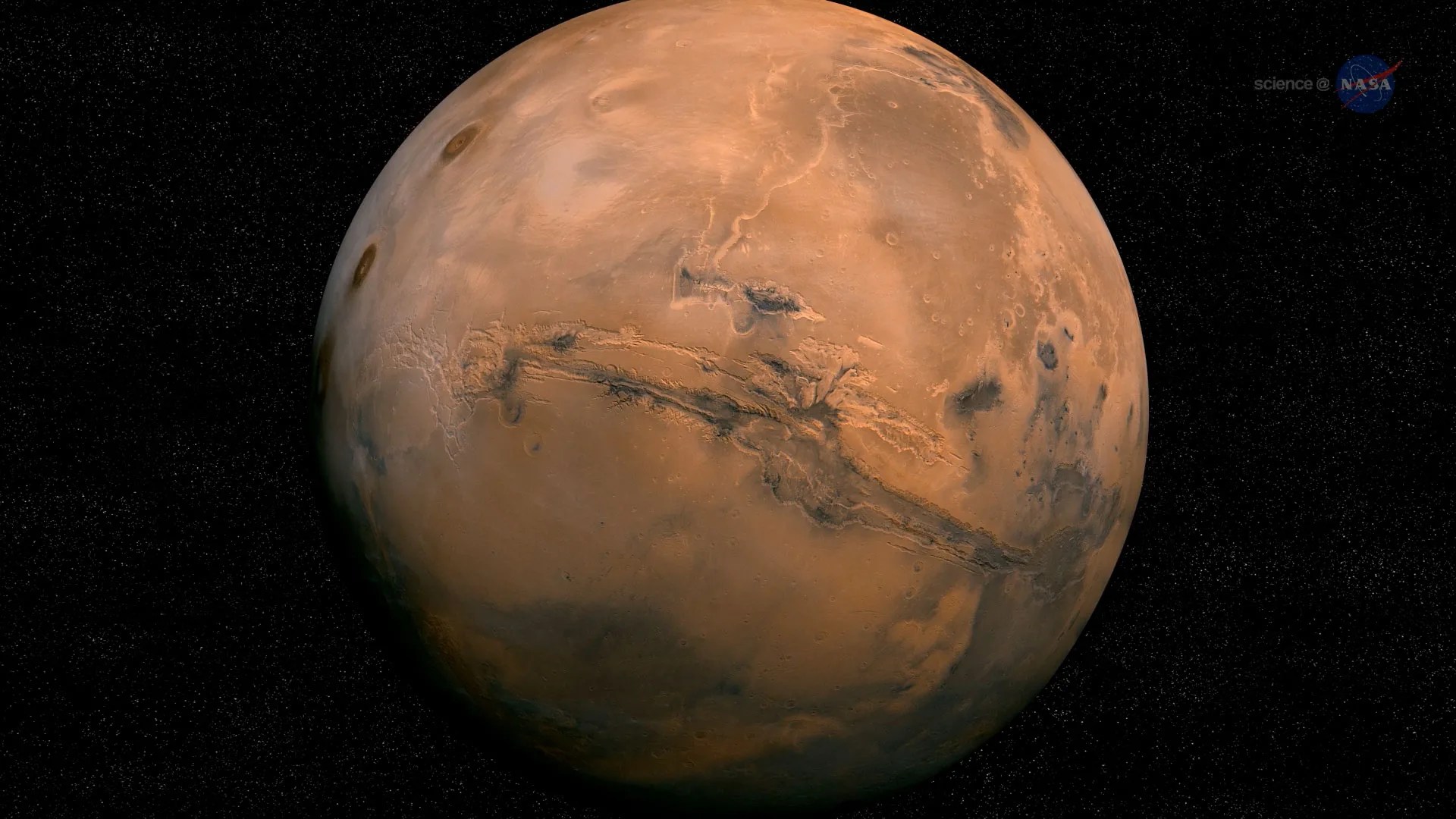- Top 3 Cities In India For Ease of Living
- What Happens to Your Body After Walking 10,000 Steps Every Day for a Month
- Cough Syrups Easily Available in Bengaluru Without Doctor’s Note
- 1 GB Internet Costs Less Than A Cup Of Tea: PM Modi Says
- 40% Surge in Urban Heart Issues: Essential Daily Habits for Office Workers
Jefferies reports that consistent SIP inflows are stabilizing stock markets, preventing a potential crash. The steady mutual fund investments are providing a buffer against volatility, leading to expectations of sideways trading in the near term. Despite global uncertainties, these inflows are supporting market resilience, keeping stock prices range-bound rather than experiencing sharp declines.
SIP Inflows Stabilize Stock Markets: Jefferies Predicts Sideways Trading

India's stock markets have shown remarkable resilience amid global uncertainties and domestic challenges, largely thanks to robust inflows from Systematic Investment Plans (SIPs) and mutual funds. A recent report from global investment firm Jefferies highlights how these steady domestic investments are acting as a critical buffer, preventing a potential market collapse despite heavy foreign portfolio investor (FPI) outflows and a surge in equity supply. As of September 2025, the benchmark Nifty and Sensex indices have remained range-bound, reflecting this delicate balance.
In its latest "GREED & fear" note, Jefferies emphasizes that without the consistent mutual fund inflows, the high volume of equity issuance could have triggered a sharp downturn. The report states, "Indian market will continue to trade sideways for the rest of the year as mutual fund inflows continue to absorb equity supply." This sideways trading outlook is underpinned by the brokerage's base case scenario, where domestic flows offset the pressures from IPOs, follow-on offerings, promoter stake sales, and private equity exits.
The Power of SIPs: A Record-Breaking Buffer

Systematic Investment Plans have emerged as the unsung heroes of India's equity markets. In the first five months of fiscal year 2025-26 (April to August), mutual funds recorded net inflows of USD 21 billion, with approximately USD 3 billion monthly channeled through SIPs. These disciplined, monthly investments from retail investors have absorbed an estimated USD 6-10 billion in monthly equity supply, providing much-needed liquidity and stability.
Broader industry data from the Association for Mutual Funds in India (AMFI) reinforces this trend. For the full fiscal year 2025, SIP contributions surged 45.24% to INR 2.89 trillion (about USD 34.5 billion), marking the highest-ever annual inflow. Equity-oriented schemes alone attracted INR 4.17 trillion, underscoring retail investors' growing confidence and long-term commitment despite market volatility.
Jefferies' India strategy head, Mahesh Nandurbar, noted in a recent interview that these inflows have deepened market participation, with new demat accounts and mutual fund folios hitting all-time highs. This structural shift towards domestic funding has reduced India's vulnerability to FPI whims, which have been notably absent this year, with nearly 67% of emerging market funds underweight on Indian equities.
Looming Challenges: The Equity Supply Tsunami
While SIPs offer a safety net, Jefferies warns of an impending "massive test" for retail investors. The firm's India office projects USD 50-70 billion in fresh equity supply over the next 12 months, driven by a pipeline of IPOs, secondary sales, and stake dilutions. This volume—nearly twice the 2019 annual inflow—could strain absorption capacity if inflows falter.
Valuations add to the cautionary tale. The MSCI India index trades at 22 times forward earnings, ballooning to 25 times excluding financials, signaling premium pricing that may deter bargain-hunting FPIs. Small- and mid-cap segments, where much of the supply is concentrated, appear particularly frothy, raising risks of localized corrections if sentiment sours.
External headwinds, including a 30-percentage point underperformance of MSCI India against emerging markets over the past year—the worst since 1996—have exacerbated FPI caution. Geopolitical tensions, potential US trade barriers under a new administration, and moderating global growth further cloud the outlook.
Long-Term Optimism Amid Short-Term Consolidation
Despite the near-term range-bound prognosis, Jefferies remains bullish on India's structural story. The brokerage forecasts 8-9% Nifty returns over the next year, with potential for a rally in 2026 if economic indicators brighten—such as RBI rate cuts or improved US-India trade ties. Sectors like large-cap banks, NBFCs, cement, telecom, and travel consumption are highlighted as resilient bets.
"India remains the best structural growth story in global equities," the report affirms, crediting expanding retail participation and deepening financialization. As long as SIP culture endures—exemplified by 43 consecutive months of equity mutual fund inflows as of late 2024—the market's downside appears cushioned.
Conclusion: Stay the Course with SIPs
For investors, Jefferies' analysis is a reminder of the virtues of disciplined investing. In volatile times, SIPs not only mitigate risks through rupee-cost averaging but also fuel market stability.
As India navigates this equity deluge, continuing SIP contributions could prove pivotal in sustaining the bull run. While sideways trading may test patience, the long-term rewards of India's growth narrative remain compelling
The 10-Minute Rule by Steve Jobs - A Stanford-Proven Creativity Hack
Discover Steve Jobs’ 10-minute rule, a simple yet powerful creativity hack backed by a Stanford study. This technique involves taking 10-minute breaks
Sushila Karki Sworn In as Nepal's First Woman PM: What You Need to Know
Sushila Karki, Nepal's former Chief Justice, was sworn in as interim Prime Minister on September 12, 2025, becoming the country's first female leader.
Russia Earthquake Today: 7.4 Magnitude Strike Off East Coast Sparks Pacific Alerts
A powerful 7.4 magnitude earthquake struck off Russia's Kamchatka Peninsula on September 12, 2025, at a shallow depth of 39.5 km, according to USGS da
NASA Discovers Potential Signs of Life in Mars Rock Sample
NASA's Perseverance rover made a groundbreaking discovery in July 2024 while exploring Jezero Crater on Mars. It encountered a rock dubbed "Cheyava Fa











